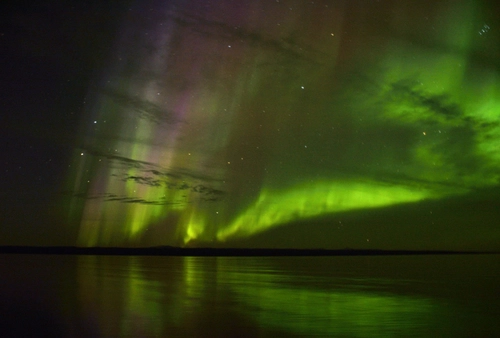Going to the Arctic without clapping eyes on a wild polar bear can be reasonably compared to visiting Africa without seeing a giraffe or a zebra or, most analogously, a lion.
Not that that’s unusual.
Polar bears aren’t, after all, overabundant no matter where you go. And if you see one, you should thank your lucky stars (and watchful expedition guides) that you did. Still, if you wrap up an Arctic cruise without spotting a single polar bear, you can certainly count on spotting your share of disappointed faces when you get back – your own among them.
But that needn’t be your fate, polar traveler. Here are a few spots that’ll up your odds of seeing one of the most majestic animals on Earth.
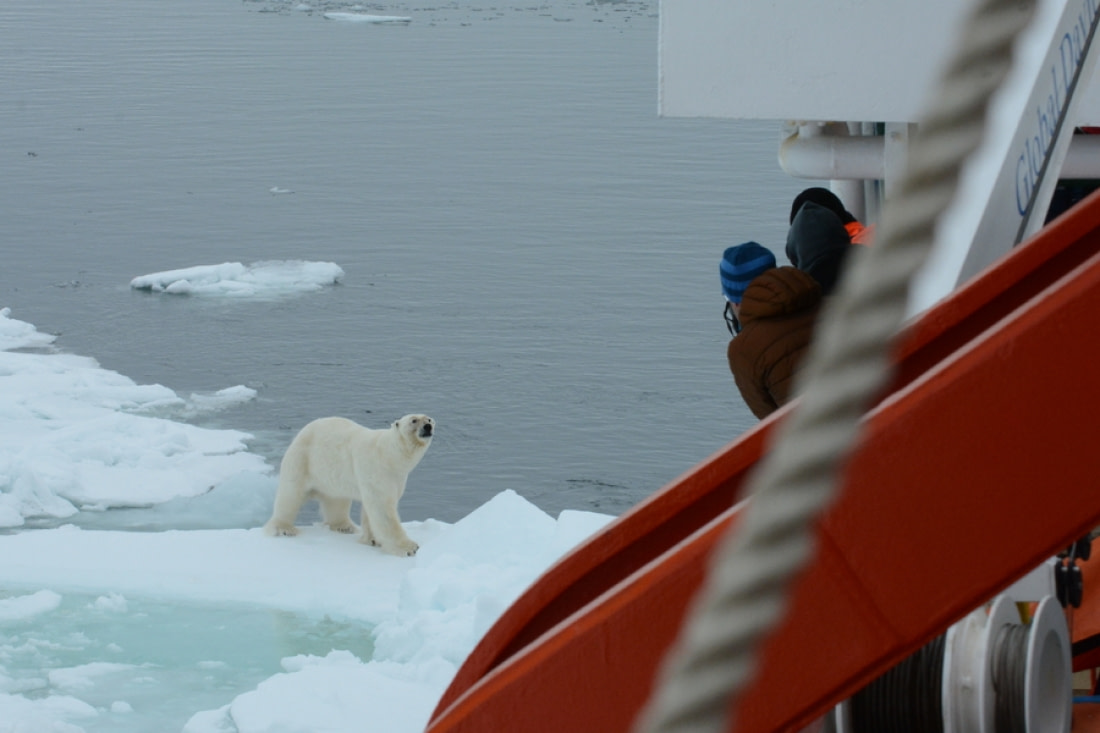
Scoresby Sund, Greenland
Polar bears are traditionally rare in Greenland due to hunting, which is legal there, but we’ve heard from our guides that there has been a recent increase in sightings.
The area in which they noticed this activity is the sprawling Greenland fjord system of Scoresby Sund. Covering a vast tract of 38,000 square km (14,700 square miles), Scoresby Sund’s sparkling stretch of waterways comes into contact with numerous polar bear home ranges. These ranges, which typically measure several hundred square miles, are the areas polar bears have claimed for their own individual hunting grounds.
Not only that, the unusual abundance of other Scoresby Sund wildlife – musk oxen, walruses, and a wide array of avian life draw numerous visitors to northeast Greenland every year – helps make this a beloved location regardless of its polar bear potential.
Scoresby Sund’s ample animal diversity owes to its comparatively fertile land, low winds due to the mountainous terrain, and easy access to water. By virtue of this fantastic terrain, Scoresby Sund offers countless picturesque landing sites. It’s a true Arctic paradise of snowy peaks, ice-jeweled waters, and blazing white bergs.
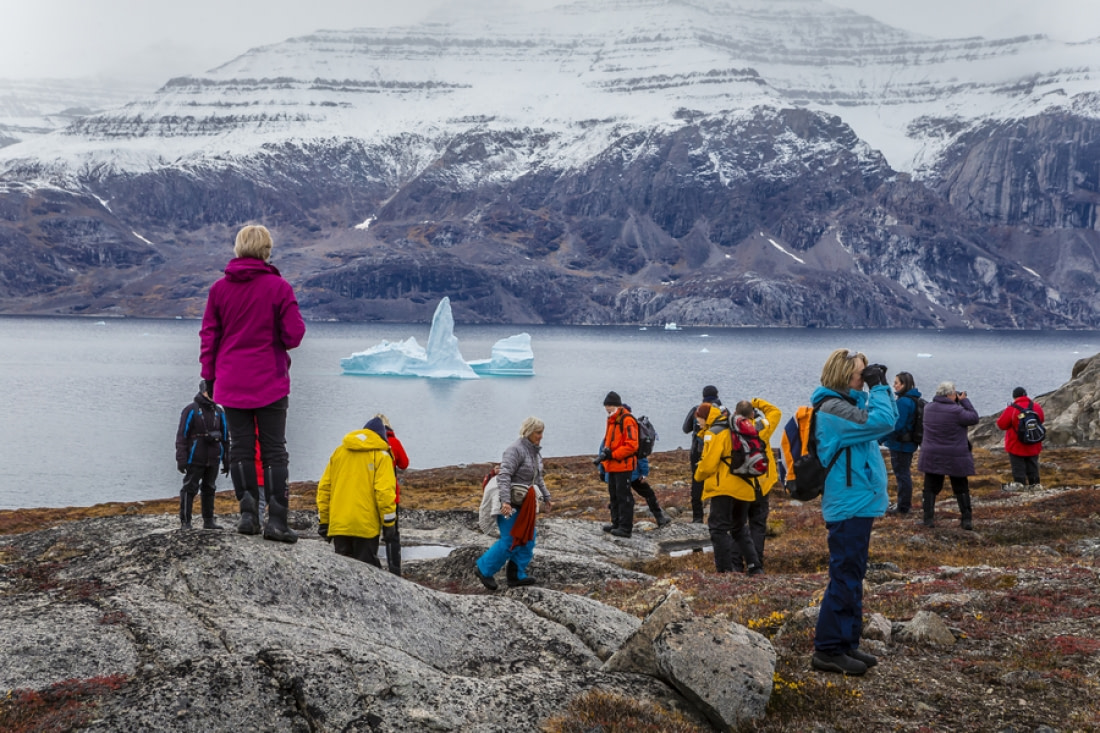
Spitsbergen, Svalbard
Despite the recent growth in east Greenland polar bear sightings, Spitsbergen remains one of the most consistent Arctic areas for spotting this majestic animal.
Spitsbergen is the largest island in the Arctic archipelago of Svalbard, a Norwegian territory north of continental Europe. Measuring 37,600 square km (14,500 square miles), it is comparable in size to the Scoresby Sund fjord system. Owing in part to this size, Spitsbergen is home to a healthy population of polar bears. In fact, its administrative center of Longyearbyen has strict laws about what to do when you encounter a bear in town.
No, you don’t buy it a drink and start comparing life insurance policies. You climb into the nearest unlocked car: All cars in Longyearbyen are required to remain unlocked for just such an emergency.
Like Scoresby Sund, Spitsbergen (and all of Svalbard) also offers a wealth of wondrous landscapes. So while you’re keeping a lookout for polar bears, you’ll also be gazing over some of the best Arctic grandeur to be found – that is, if you’re not too busy marveling at all the Arctic hares, Arctic foxes, and polar seabirds Spitsbergen throws across your path.
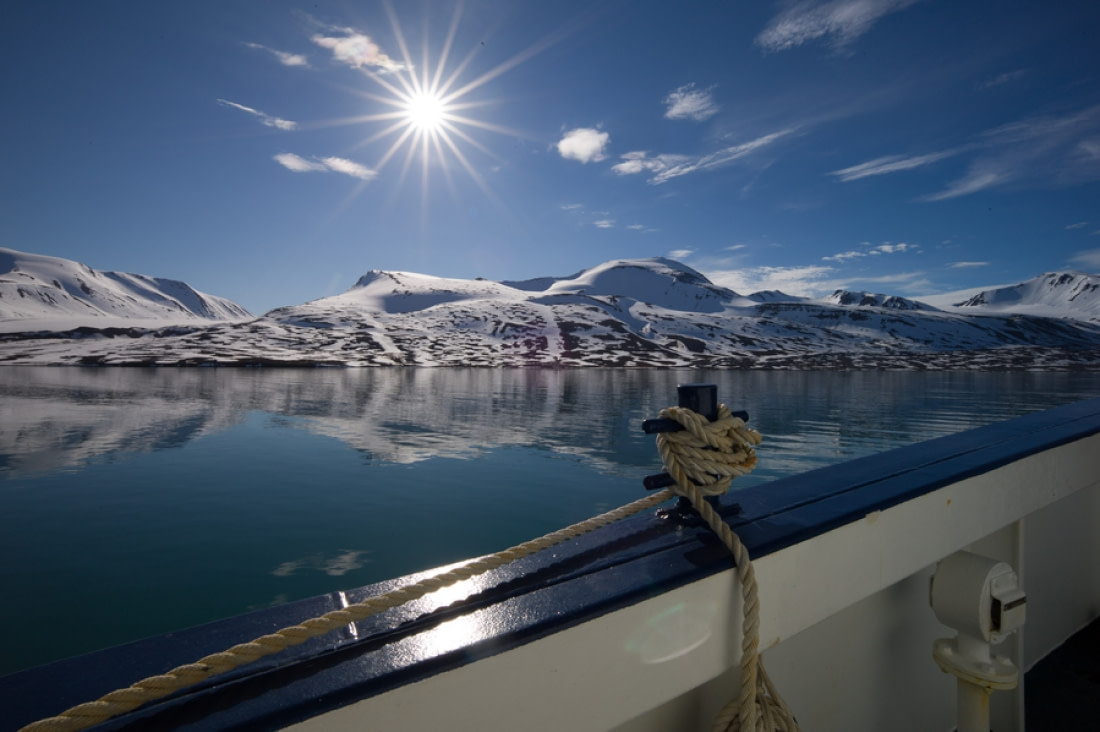
A parting reminder about polar bears
Just to be clear, we want all of our Arctic passengers to see a polar bear. We also want all of you to see a blue whale spouting at sunset, the northern lights undulating in the night sky, and a reindeer grazing in front of your new camera.
But the truth is, few people (ourselves included) are lucky enough for all that.
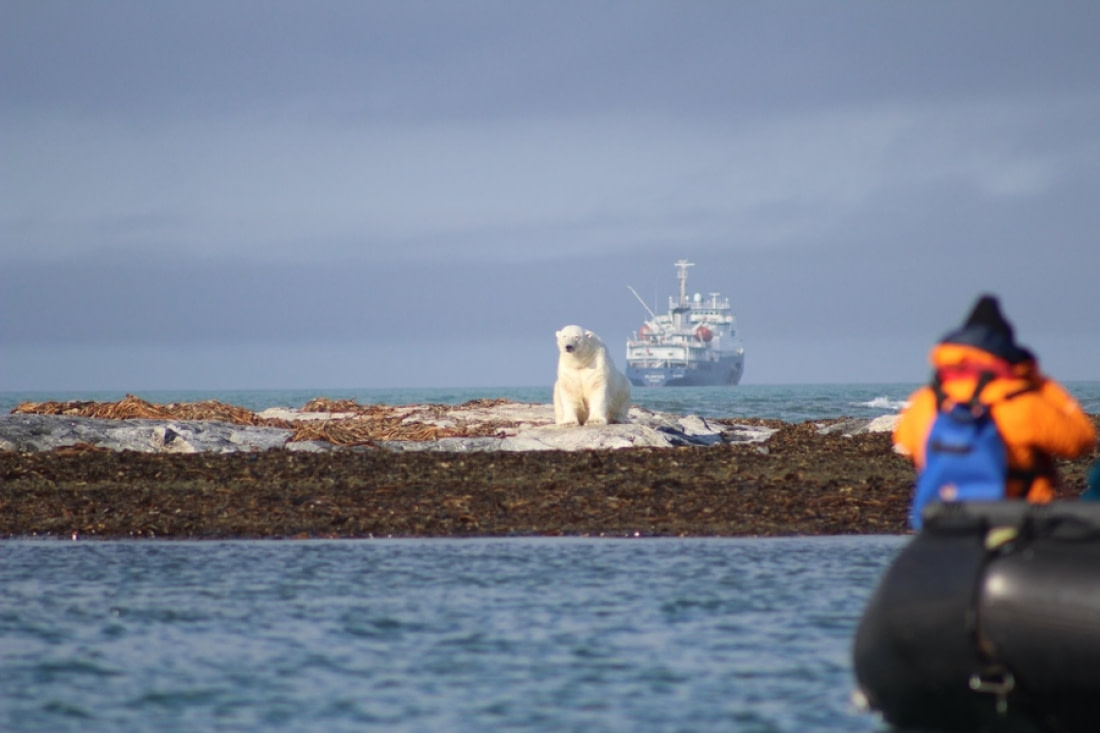
The locations described in this article may increase your odds of seeing a polar bear, but they can by no means guarantee it – and neither can we. We’ll do our best, but nature ultimately calls the shots. And nowhere is this more true than the polar regions.
But that’s why we love them, right? That and the polar bears.
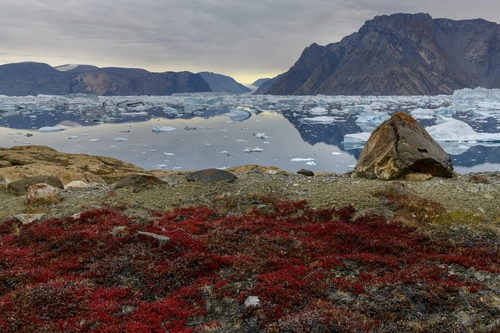
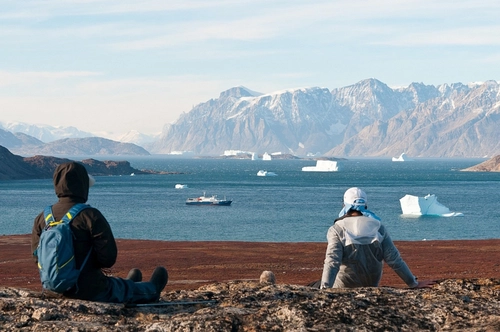

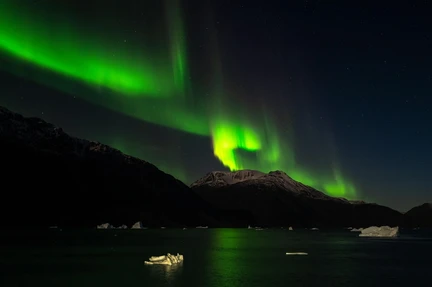

Related Trips
Blog



Path of Polar Heroes: Hiking Shackleton’s Historic Route

The Secret Life of Glaciers: How They Form, Move, and Melt

The Small Mammals of the Arctic and Antarctica

Cruising Solo: The Benefits of Single-Passenger Polar Travel

Bouvet Island: The Most Remote Island in the World

The Return to Franz Josef Land

South Georgia in Spring

Circumnavigating Spitsbergen
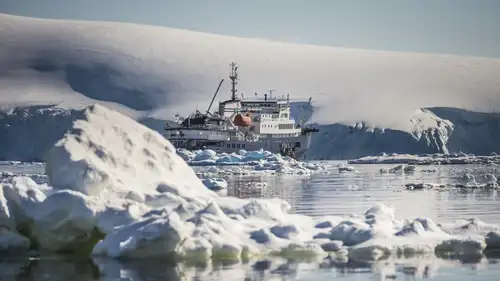
5 Life Lessons You'll Learn in Antarctica
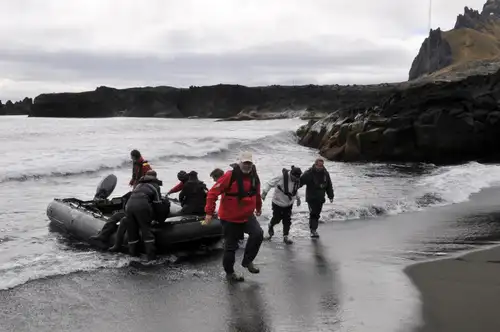
A visit to the fascinating island of Jan Mayen

International Polar Bear Day
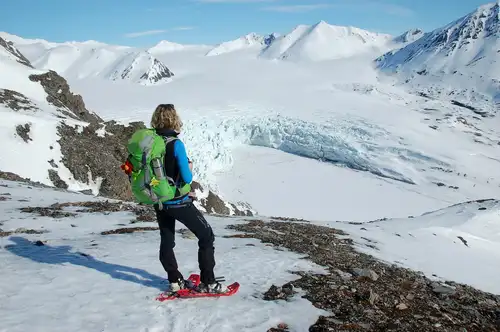
Arctic on Foot: Hiking and Snowshoeing the Far North

Narwhals: the Aquatic Unicorns of the Arctic
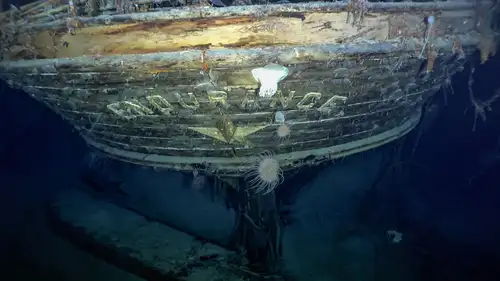
Shackleton’s Long-Lost Endurance Discovered in Antarctica

Penguin Wisdom: Life Lessons from Our Favorite Flightless Birds
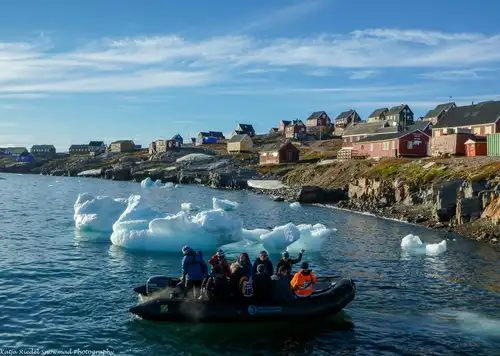
Scoresby Sund: the Greatest Greenland Adventure

The Arctic Hare: Easter Bunny

Ice streams and lakes under the Greenland Ice Sheet

Coming Back from the Brink: The Fur Seals of Antarctica
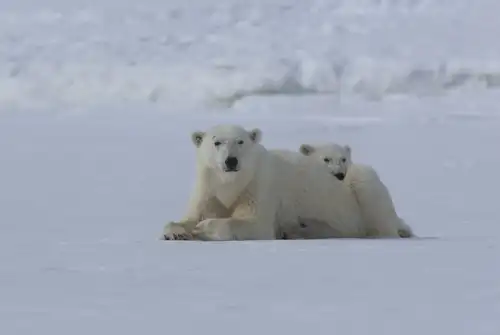



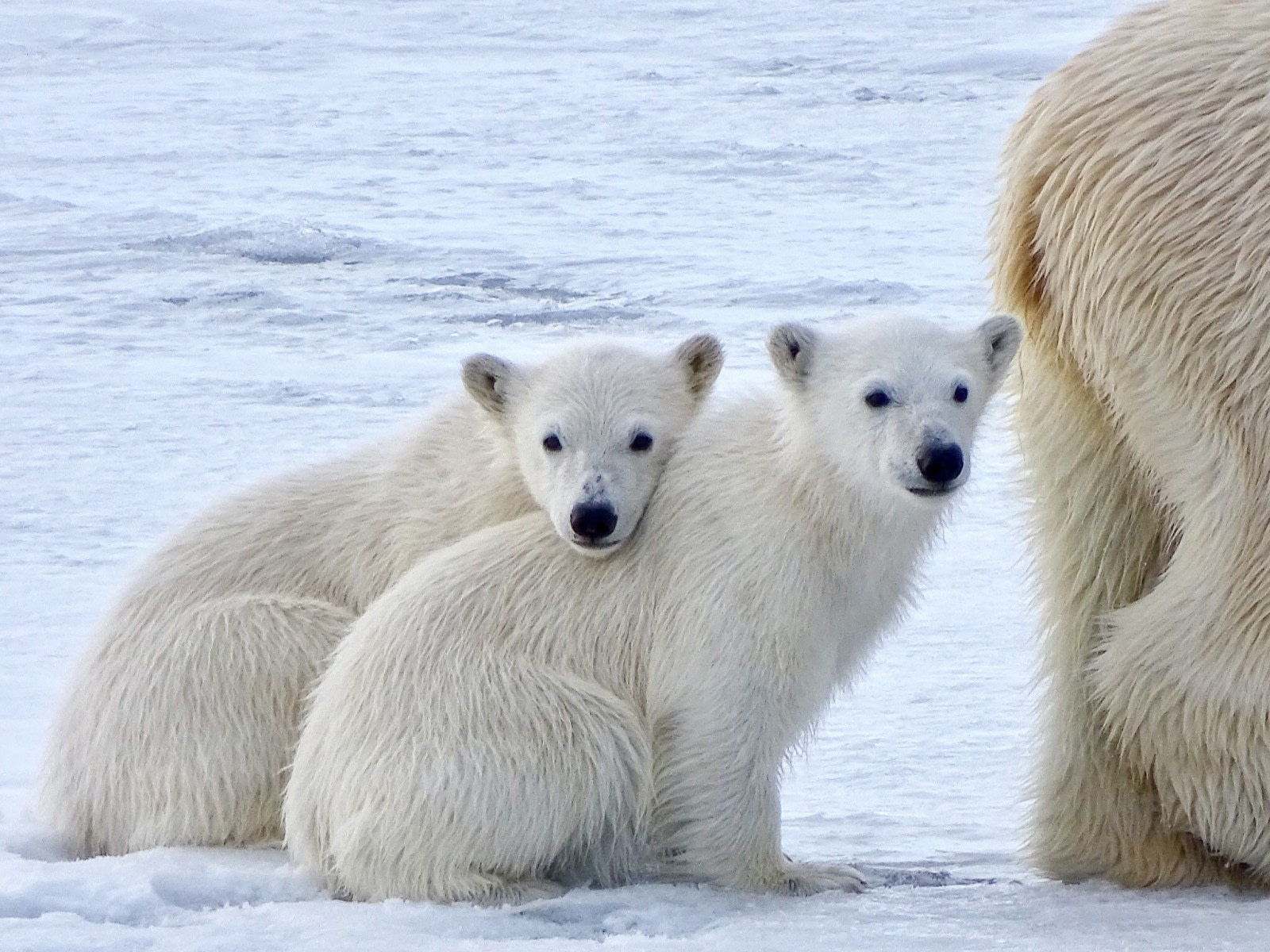

 20 Days / 19 Nights
20 Days / 19 Nights
